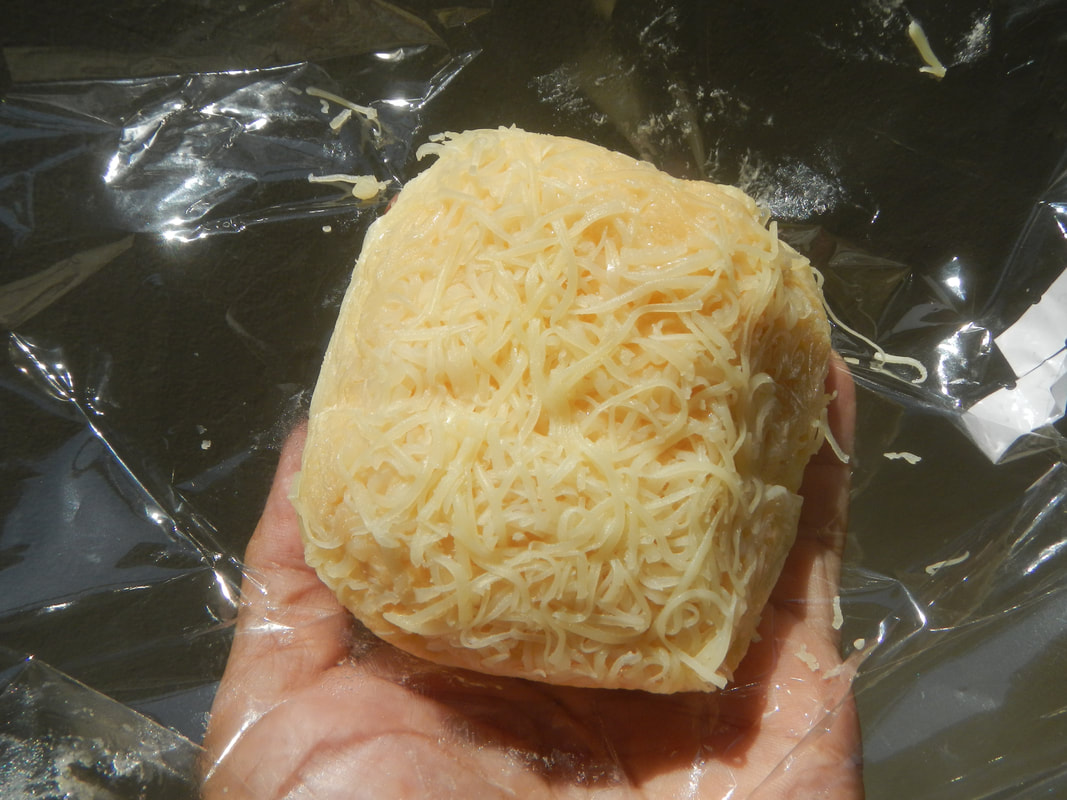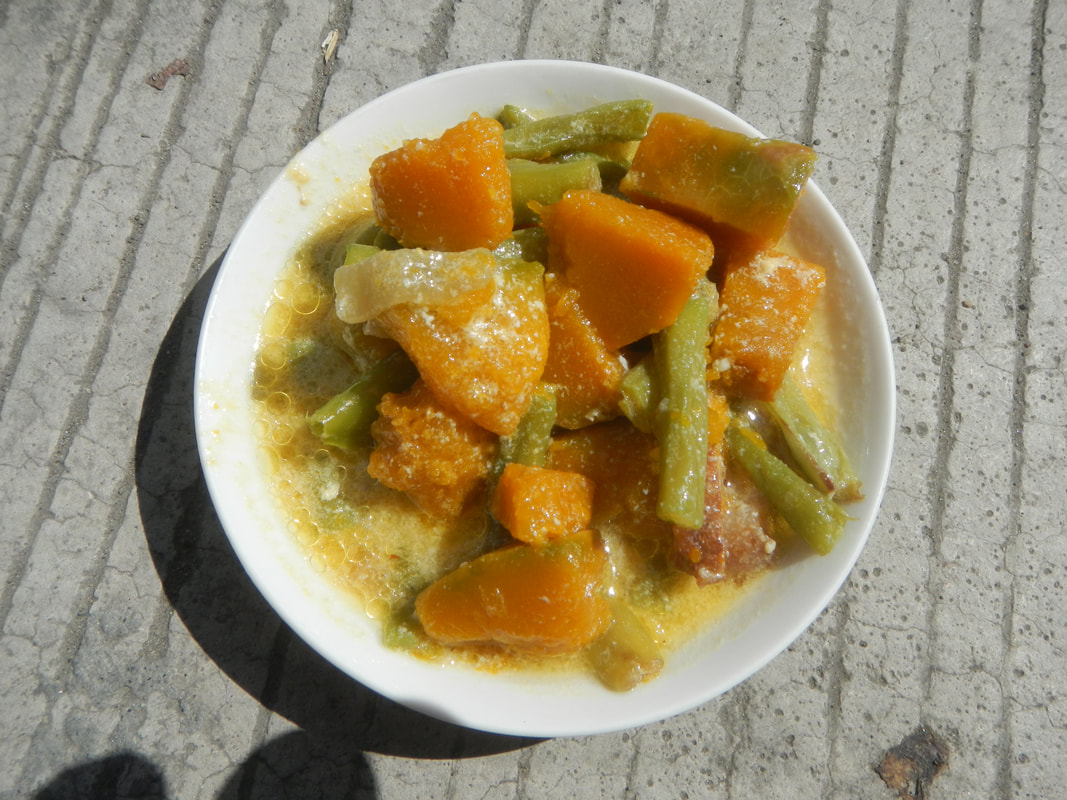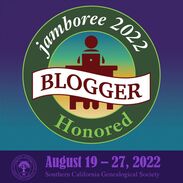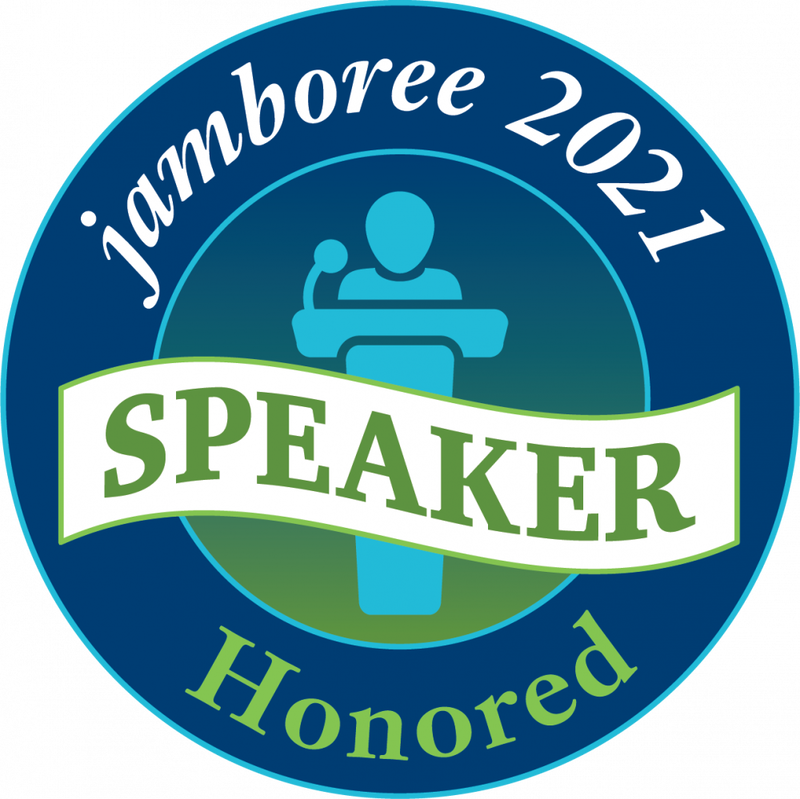|
10/16/2022 Celebrating Filipino Heritage and Ancestry during Filipino American History Month!Read NowNot only is the month of October National Family History Month, but it is also Filipino American History Month! To celebrate my children’s Filipino ancestry and honor their Filipino immigrant ancestors, their father; paternal grandparents; and a paternal great grandmother; I thought I’d honor their Filipino Heritage and Ancestry by sharing a little about it and ways you can celebrate Filipino Americans or your own Filipino Heritage and family history. 😊 About Filipino American History Month: Filipino American History Month is observed in October each year to commemorate when Filipinos were first known to be in what now is the U.S., while celebrating the history, culture, heritage, and accomplishments of Filipino Americans. It’s a month-long observance of Filipino-American Heritage! Did you know that Filipinos first arrived on October 18, 1587, on the Spanish ship Nuestra Senora de Esperanza, landing in California? There have been four huge waves of Filipinos settling in what is now the U.S. The first wave started in 1763, settling in Saint Malo, a small village in what is now Louisiana. Shortly after, in 1781, they settled in what is now Los Angeles, California. The second wave came in the early 1900’s, as workers to mostly California; Hawaii; and Alaska; and students for an Ivy League education. The third wave of Filipino Americans came in the 1940’s, first as military recruits during WWII and later their families came, after the War Brides Act. The fourth and final wave of Filipino American immigration came after the Immigration & Nationality Act of 1965. Did you know that Filipino Americans are the second largest Asian American Group in the U.S.? In California, where I live, they’re the third largest ethnic group and are where the largest number of Filipino Americans hail from! Filipino Influences on American Society and Culture: Filipino Americans have contributed greatly to our society, ever since their families began settling in, and what is now known as, the U.S. They have worked in the plantations of California and Hawaii, and the fisheries of Alaska; fought to protect the freedom of the U.S. in WWII; helped fill the professional workforce in the Health and Technology industries, while leaving their families behind; among many others. There are many, many, Filipino contributions to our society, and this list is in no way exhaustive. 😉 My Filipino American children and their Immigrant Ancestors: Two of my children are half Filipino, and their father; paternal grandparents; and one of their paternal great grandparents are Filipino-Americans. Their father, his parents, and most of his siblings immigrated in 1985. Most of his maternal aunts and uncles, along with his maternal grandmother, came shortly before. The majority became U.S. Citizens. My father-in-law/My children’s Lolo (grandfather in Tagalog) Mac was born 1921 in San Jose, Nueva Ecija, Philippines and died 1995 in Glendora, Los Angeles, California of Liver Cancer. He never knew his parents, as they died when he was quite young in a car accident, and he was orphaned. My mother-in-law/My children’s Lola (grandmother in Tagalog) Ampy was born 1926 in Gapan, Nueva Ecija, Philippines, and was the eldest of fourteen children. She died 2011 in the Philippines (having gone back just a couple of years before for her eldest daughter to take care of her) of a Brain Tumor. They married in 1951 in Manila and had seven children. Four of their children, including my children’s father, immigrated with them in 1985; one emigrated to Australia; and two stayed behind in the Philippines, as they had their own families. Filipino families are very tightly knit, and they take great pride in their heritage! Celebrations of any kind are huge and grand, and they almost always revolve around food! 😊 Ever since the patriarchs of this family had passed, the huge family gatherings died down little by little, and we are now only left with memories of what was. Some of the Family Memories that Are Still Fresh:
Some of Our Family's Traditional Filipino Foods: All the main dishes are always served with rice, usually Jasmine rice.
Can you tell that food is an important part of Filipino culture and heritage, from all the pictures I posted?! I know, I posted a lot! Not only did I post many photos of food because food is an integral part of Filipino heritage, but I also had to make up for the lack of photos that my family wouldn't let me post! 😉 Family gatherings ALWAYS revolve around food! Food is a way to spend quality family time together whether it be by cooking together, sitting down and eating together, or even cleaning up together. It's a chance to catch up, along with hearing stories of the past. How you can observe Filipino American History Month and Embrace the Filipino Heritage or Your Own Filipino Ancestry: 1. Research your Filipino ancestors! 2. Give voice to one of your Filipino ancestors, through video, with MyHeritage’s DeepStory photo tool 3. Blog about one of your Filipino Ancestors 4. Write a short biography on one of your Filipino ancestors 5. Make a Filipino heritage scrapbook 6. Visit a museum that includes Filipino art and culture 7. Visit a Filipino-American Town, such as “Historic Filipinotown” in Los Angeles CA, “Little Manila” in Stockton CA, “SOMA Pilipinas” (Filipino Cultural Heritage District) in San Francisco CA, Delano CA, Saint Malo LA, and “Little Manila” in Queens NY, and more! 8. Listen to Filipino Music 9. Try a Filipino Recipe 10. Try out a Filipino restaurant 11. Go to a Filipino bakery 12. Read up on the contributions Filipino Americans have made to American society and culture 13. Join a Filipino-American Heritage Festival 14. Read Filipino literature or a book from a Filipino-American author 15. Research famous Americans with Filipino heritage and learn about their accomplishments 16. Learn how to speak Tagalog (the official language of the Philippines) or learn some Tagalog words (Did you know that English is the other official language of the Philippines?) (Did you know that there are 8 major dialects in the Philippines, along with many others?) 17. And this list can go on forever! 😉 Questions: Do you have Filipino ancestors? If so, where did they come from and when did they immigrate? How did your Filipino American ancestors help shape America? How will you celebrate Filipino American History Month and honor your Filipino Ancestry or Filipino Americans? Do you have something to add to this list? *Note: All family photos are copyright protected and are owned by me and may not be downloaded, screenshot, or saved in any other way without my explicit permission This post is a participant in the Genealogy Blog Party!
6 Comments
|
Details
Categories
All
FeaturedTop PostsBlogrollEvalogue.Life, Heart of the Family, Molly's Canopy, Climbing My Family Tree, Cami Mayer, Field Genealogist, Ancestor Detective, DNA Breakthroughs, Your DNA Guide, Ancestral Findings, Genealogy Tip of the Day, Family History Daily, Genea-Musings
BlogI hope my family history and genealogy blog on genealogy research tips, resources, events, and more, along with my own genealogy journeys, will help you in your research and in building your family tree to learn more about your ancestors and family history to preserve for future generations to come! Come visit me at Know Who Wears the Genes in Your Family if you're interested in starting your family history journey, booking me for your next speaking event, or family history and genealogy heirloom products!
Archives
July 2024
|
HoursM-Su: 8am - 8pm
|
Know Who Wears the Genes in Your Family is dedicated to promoting family history and genealogy, while maintaining commitment to client care and professional service, and adheres to the Code of Ethics and Professional Practices put forth by the Association of Professional Genealogists.
|



















 RSS Feed
RSS Feed






























